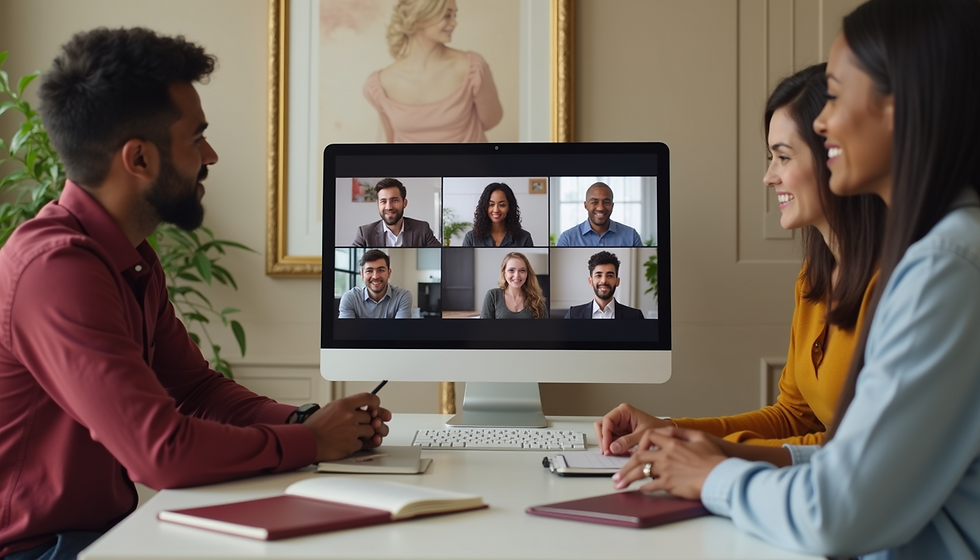Effective Communication Techniques for Multicultural Workplaces
- charlesrcorbin
- Jun 7
- 2 min read
In today's global economy, multicultural workplaces are becoming increasingly common. With a diverse range of backgrounds, languages, and communication styles, effective communication in such environments is crucial for success. The ability to navigate and thrive in a multicultural workplace requires a set of unique skills and techniques. Here are some effective communication techniques for multicultural workplaces:

Active Listening: One of the most important communication skills in a multicultural workplace is active listening. This involves truly focusing on what the other person is saying, without interrupting or formulating a response in your mind. It's important to show understanding and empathy towards others' perspectives, even if they differ from your own.
Respect: Respecting cultural differences is key to effective communication. Be mindful of cultural norms, values, and etiquette when interacting with colleagues from different backgrounds. Avoid making assumptions or generalizations based on stereotypes, and always approach communication with an open mind.
Clarity and Simplicity: In a multicultural workplace, it's essential to communicate clearly and concisely to avoid misunderstandings. Use simple language, avoid jargon or slang that may not be familiar to everyone, and make sure your message is easy to understand by all.
Non-Verbal Communication: Non-verbal cues such as body language, facial expressions, and gestures can vary significantly across cultures. Be aware of these differences and pay attention to non-verbal signals to ensure effective communication. For example, maintaining eye contact may be considered respectful in some cultures but rude in others.
Feedback: Providing and receiving feedback is an essential part of communication in any workplace. In a multicultural setting, it's important to be sensitive to how feedback is delivered and received across different cultures. Be constructive, respectful, and open to differing viewpoints when giving feedback to colleagues from diverse backgrounds.
Cultural Sensitivity Training: Consider providing cultural sensitivity training to employees to help them better understand and navigate cultural differences in the workplace. This can help foster a more inclusive and harmonious work environment where all employees feel valued and respected.
Use of Technology: In today's digital age, technology can be a valuable tool for communication in multicultural workplaces. Utilize video conferencing, instant messaging, and collaboration tools to facilitate communication across different time zones and locations. Be mindful of language barriers and provide translation services if needed. By implementing these effective communication techniques, multicultural workplaces can promote understanding, collaboration, and teamwork among employees from diverse backgrounds. Embracing cultural diversity and fostering inclusive communication practices can lead to a more productive and harmonious work environment for all.


Comments